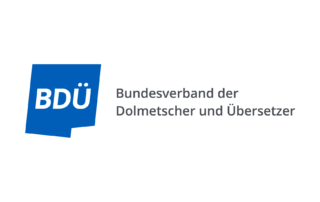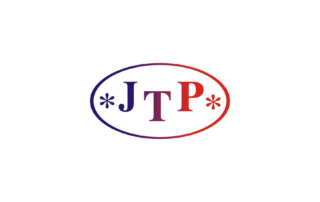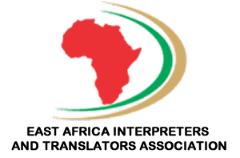Choosing a translation specialization is a natural step for many individuals entering this profession. Medical translation is considered one of the most prestigious, but also the most demanding and complex specializations. What are some of the greatest traps and pitfalls of medical translations?

The specifics of medical translations
Medical and pharmaceutical translations are among those associated with the greatest responsibility and subject to the strictest standards and regulations. They require the highest quality of work and the application of accurate language solutions, almost surgical precision, if you will. Knowledge of the current nomenclature is another factor that is hard to underrate.
Depending on the complexity of the text and its purpose, translations may be provided by translators who have appropriate education and knowledge in the field of translated subjects or by practicing physicians who speak both languages perfectly.
It’s a rather rare scenario that translations of medical or pharmaceutical documents are performed by just one person. To achieve the best quality of the text, a translation is usually prepared in several stages. For example, one person might translate a document that is excellent in terms of content and terminology, but it may be lacking in cohesion, structure or punctuation. The joint work of a team of professionals helps ensure the best result.
What kind of documents does a medical translator prepare?
Pharmaceutical and medical translations are usually translations of medical tests results, patients’ medical records or their medical history. Such translations, if they are to be used only by the patient for informational purposes, are usually treated as regular translations. However, if the documentation is to be used as official medical documentation, and will be presented to physicians, who will issue a diagnosis or treat the patient on its basis, then a sworn medical translation is usually required.
Traps and pitfalls of medical translations
The use of synonyms
Another trap is synonyms, which often results from using the specialist and non-specialist terminology in one document. For example “stomach” and “abdomen” are considered synonyms. In some (informal) contexts the two might be used interchangeably. Due to the frequency of their occurrence, consistency in translation should be treated as an absolute priority. The translation should have the appropriate register for the type of text. That’s why it shouldn’t contain non-specialist language – more understandable to lay people – as you’re translating documents for physicians and specialists.
The use of abbreviations
Another characteristic feature of the language of medical texts – and thus also a trap for translators – is the widespread use of shortened forms and abbreviations. They are a real challenge for translators, mainly due to their ambiguity. The use of abbreviations makes a document more concise, clearer and easier to read. Their meaning is often determined by the context in which they appear. Without specialist knowledge and the ability to recognize the context, the translator may often remain lost. Consequently, the quality of the text they create will suffer, as it may contain serious errors.
Translation of medical texts requires the translator to get to know the field to an extent available for a person who is neither a doctor nor a medical specialist in related fields. Otherwise, the translator won’t be able to understand the text he has undertaken. Apart from the knowledge of specialist terminology, you should also understand the context in which a given text functions. It’s also very important to have access to all kinds of sources from conventional dictionaries, through glossaries, reference books and textbooks, to medical databases, articles and information posted online. The last step in the process is consultation with an expert, a specialist in a given field, as their contribution may help improve the quality of the created texts and allow for more effective communication. Thanks to all of these factors, a translator can escape the traps, avoid errors and rise to more and more interesting challenges.










